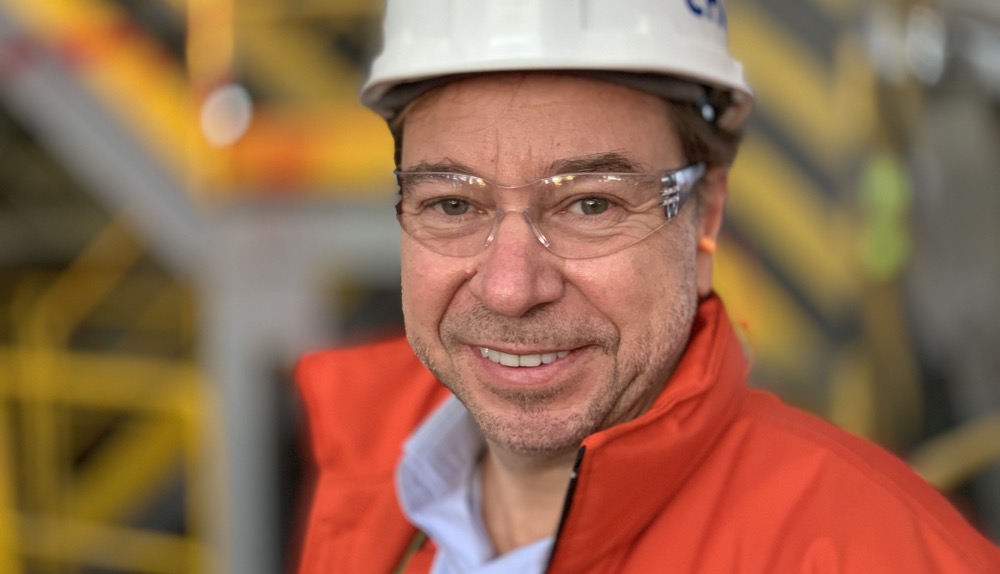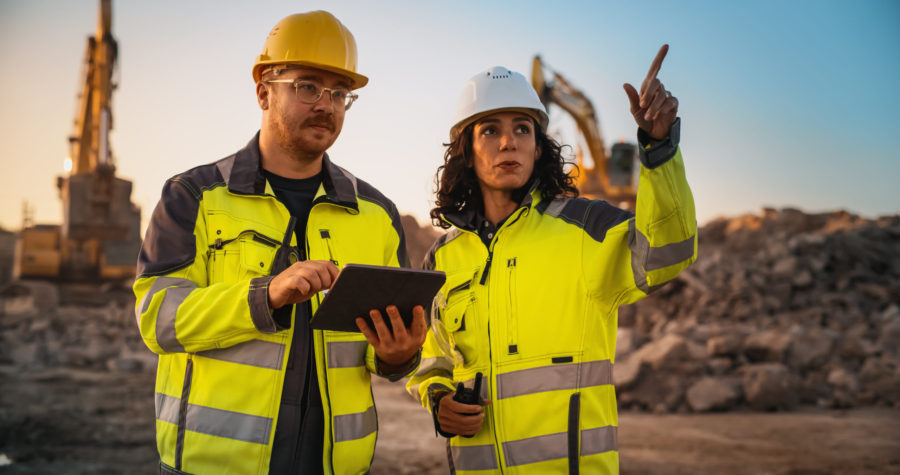$1 billion SPAC deal shows how mining supply chains are breaking up

Appian Capital Advisory bought the Santa Rita nickel mine out of bankruptcy for $68 million and the Serrote copper-gold project for $40 million in 2018. The previous owners of the Santa Rita had already spent $1 billion building the mine and Appian splashed another $400m on both properties bringing them into production.
Last week, the London-HQ company sold the two Brazilian properties for $1.065 billion, $65m of which is associated with a contemplated gold royalty on Serrote.
The transaction is a prime example of what Michael Scherb, Appian founder and CEO, told MINING.COM in 2018 is the firm’s investment philosophy:
“Mining is the perfect industry for applying long-term value investing principles because it’s so cyclical, and you let the industry create the entry and exit windows for you through its volatility and irrationality.”
Few metals give nickel a run for its money when it comes to volatility. When Appian bought Atlantic Nickel in 2018 the price averaged just over $13,000 a tonne and on its way to today’s $25k the devil’s copper briefly topped $100k. And if someone said in 2018 that not one, but two automakers would fund the investment to buy the mines, few would have called that rational.
Roll call
But with the mining and car industries undergoing once-in-a-century disruption and a vastly different geopolitical landscape than five years ago, the deal put together by Artem Volynets, CEO of ACG, a special purpose acquisition company (SPAC) almost seems like a no-brainer.
Not that a $1 billion transaction with these many wheels within wheels – royalties, equity and debt, off-takes, locked boxes and backstops – and with marquee names from mining and automaking all coming together could really be called that.
And definitely not on such a tight schedule: ACG only listed in October, raising $125 million in London and signed the first term sheet with Appian in November.
MINING.COM sat down with Volynets, ex chief of Rusal who led the Russian aluminium giant’s blockbuster 2010 Hong Kong IPO and, over a 25+ year career put together $30bn in public and private deals, to discuss the founding transaction for what will now be called ACG Electric Metals.
With Glencore and mining investment firm La Mancha as equity investors, the deal also brings together Stellantis and Powerco, Volkswagen’s wholly-owned battery maker. Amsterdam put up $100m for an equity stake (and a board seat) and Wolfsburg pre-paid for nickel.
“We have seen over the last six months that car companies have two strategic objectives,” says Volynets:
“One is to secure long term supply of metals used in electric cars just given the sheer scale of the change in the car industry.
“Secondly, the end-to-end visibility of the supply chain is extremely important.
“Coupled with low carbon metals, carmakers’ can credibly tell their customers not only will they not pollute the environment going forward the process of building the car has not polluted the environment.”
Premium player
Volynets says Santa Rita’s low carbon footprint, primarily due to being hydro-powered, is the big differentiator. In addition, nickel sulphide, which accounts for just 10% of worldwide nickel projects, not only boosts green credentials but keeps costs low.
“That’s why something like nickel sulphide is very sought after. The fact that we are a rare combination of low carbon and already producing…also made us attractive to car companies.”
Santa Rita, set to shift underground in 2027, has a 33 year mine life with production of 15–24ktpa of nickel equivalent boosted by copper, cobalt, gold and PGM byproducts. Serrote will produce 20ktpa copper equivalent over 12 years. Last year according to Appian’s figures Santa Rita and Serotte achieved adjusted EBITDA of around $260m.
ACG’s effective ownership date is January 1, 2023. ACG joins a crowded field, however. Nickel output has been ramping up aggressively in Indonesia – which is already producing half the world’s nickel. Jakarta’s Harita Nickel was also responsible for one the biggest mining IPOs in years.
But with emissions from the Asian country’s laterite ores being as much as six times more than that of sulphide, ACG wants to sell itself as a “premium producer.”
“I do believe low carbon metals produced and refined in the right jurisdiction will attract a premium. Not at the moment, but we’re in for the long game and if we continue to add similar types of assets to our platform, focusing on the premium part of the end-user chain I do believe in time we would trade at a premium as well,” says Volynets.
Go West
Apart from a bet that ACG can trade on its environmental credentials, the $1 billion valuation, which according to ACG comes at a discount to peers in the battery metal space, the transaction is also wagered on much-discussed supply chain polarisation.
Not just between the West and China, but crucial to the nickel market, also a move away from Russia, which in the past has met the bulk of Europe’s needs.
“It is happening. The Western car companies want to see the raw materials coming from countries considered in the Western sphere of influence. The world is polarising and so are supply chains.”
Whether Europe’s metal markets can return to its state prior to February 2022, Volynets is blunt: “We are in the middle of a cold war 2.0 and it would take decades to unwind unfortunately”.
In the mining world it’s not just the West and China’s decoupling and the Russian-Ukraine war that is creating upheaval.
In Latin America, Chile has tightened its already strong grip on mining companies and Mexico recently green-lighted a new mining law that has stunned foreign investors. Under a new left-wing government, would Brazil be in danger of similar disruption?
“The new government is actually the old government which presided over the country’s significant expansion of the mining industry. There are many companies operating in Brazil and of course prominent state-owned operators. No expectation of significant changes.”
Roll up
Volynets considers ACG a “platform” and will look beyond copper and nickel, although the two metals will remain a top priority.
As for the current scramble for lithium projects, exemplified by General Motors’ $650m investment in Lithium Americas in January, Volynets is waiting for “stability” in the market to be in a better position to price assets in the sector, but adds that “M&A can be opportunistic”.
“My team and the team in Brazil have been in the sector for many many years and it’s a small industry. Everyone knows each other so I know we’ll have some interesting opportunities coming our way.”
“We only consider jurisdictions acceptable to the Western supply chain and we started ACG Electric Metals with a low carbon footprint and we’d like to stay at the low end.
“The next several deals will only be assets in production. We look at companies with a single or maybe two assets which may be below the radar of the big boys.”
“We do intend to roll up single assets. As experience shows starting with BHP Billiton that this is the right strategy.
“My first mentor in mining was Brian Gilbertson [who built up Billiton through acquisitions and merged it with BHP to become the group’s first CEO] and he said ‘Artem you’ve got to think big’. And that’s what we are trying to do.”
More News
Rio Tinto, Founders Factory’s Mining Tech Accelerator invests in startups from US and OZ
April 23, 2025 | 04:02 pm
{{ commodity.name }}
{{ post.title }}
{{ post.date }}



Comments
Rockhound
Please help protect Thacker Pass we need you !!